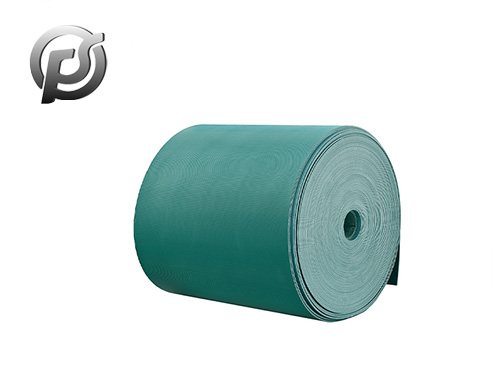The
belt conveyor is called a belt conveyor or belt machine, conveyor, etc., according to the different names of various regions and industries, the name is different. The ten safety operation specifications of the belt conveyor are as follows:
1. When several belt conveyors are connected in series, they should start from the unloading end and start in sequence. After all the belt conveyors are in normal operation, they can be fed.
2, the belt conveyor in the operation of the belt deviation phenomenon, should stop to adjust, not reluctantly used, so as not to wear the edge and increase the load.
3. The working environment and the temperature of the material to be delivered shall not be higher than 50℃ or lower than -10℃. Materials with acidic and alkaline oils and organic solvents shall not be transported.
4. No pedestrians or passengers are allowed on the conveyor belt of the belt conveyor.
5. Stop feeding before stopping, and stop when the material on the belt is unloaded.
6, conveyor motor must be well insulated. Mobile conveyor cable do not pull and drag. The motor should be grounded reliably.
7. It is strictly prohibited to pull the belt by hand when the belt slips, so as to avoid accidents.
8, belt conveyor should be installed on a fixed basis according to the prescribed installation method. Before the formal operation of the mobile conveyor, the wheels should be wedged with triangular wood or braked with a brake. In order to avoid the occurrence of walking in the work, there are multiple conveyor parallel operation, between the machine and the machine, between the machine and the wall should be a meter channel (Shanghai paper recovery).
9. Before the conveyor is used, it is necessary to check whether the running parts, the belt buckle and the bearing device are normal, and whether the protective equipment is complete. The tightness of the tape must be adjusted to the right degree before starting.
10, the belt conveyor should be no-load start. Wait for normal operation before feeding. No feeding before driving.
 Exploring the Efficiency and Versatility of Light Conveyor Belts
Exploring the Efficiency and Versatility of Light Conveyor Belts
 Polyester Conveyor Belts: Enhancing Efficiency and Reliability in Material Handling
Polyester Conveyor Belts: Enhancing Efficiency and Reliability in Material Handling